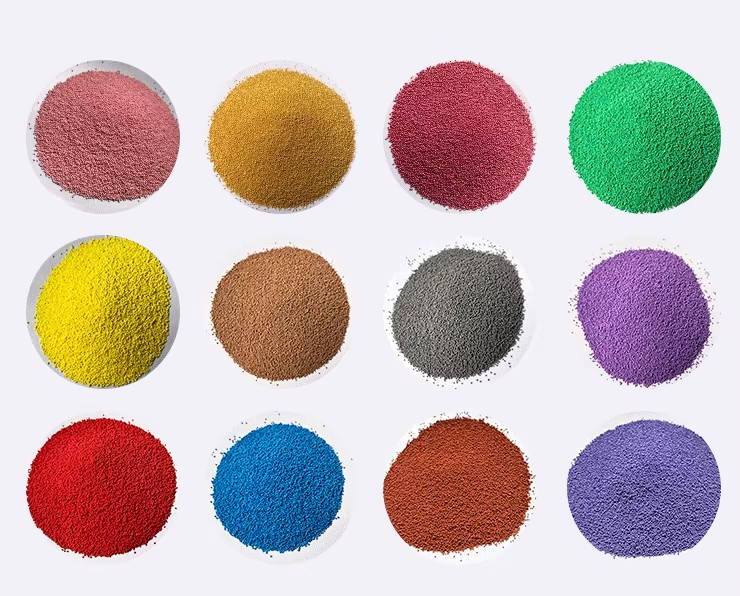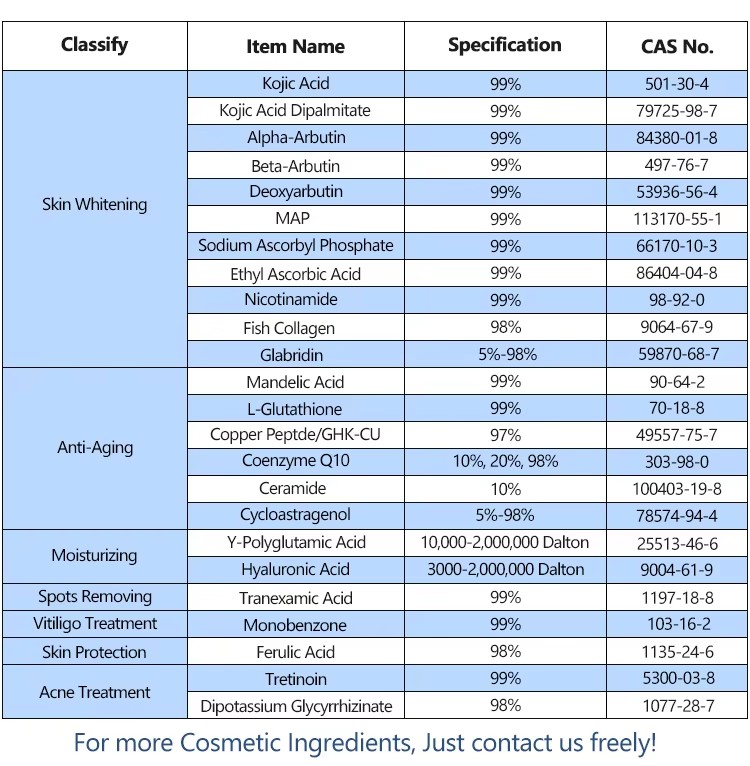Jojoba beads are small, spherical structures used in personal care products as exfoliants. Here’s an overview of their chemical structure and physical properties:
Chemical Structure of Jojoba Beads:
- Material: Jojoba beads are made from jojoba oil (pronounced ho-HO-ba), which is extracted from the seeds of the jojoba plant (Simmondsia chinensis).
- Composition: They are primarily composed of esters of long-chain fatty acids and fatty alcohols, similar to the natural wax esters found in jojoba oil.

Physical Properties of Jojoba Beads:
- Appearance: Jojoba beads are typically small, round particles with a smooth surface.
- Size Range: They come in various sizes, commonly ranging from around 100 micrometers to a few millimeters in diameter.
- Texture: The beads have a soft, smooth texture that is gentle on the skin, making them suitable for exfoliation without causing abrasion.
- Color: They can be colorless or have a slightly yellowish hue, depending on the processing and purity of the jojoba oil used.
- Biodegradability: Jojoba beads are biodegradable, which is an advantage over synthetic microbeads that can persist in the environment.
- Non-toxic: They are non-toxic and non-allergenic, making them safe for cosmetic use.
Applications of Jojoba Beads:
- Exfoliation: Used in skincare products like scrubs and cleansers to gently remove dead skin cells and impurities from the skin’s surface.
- Texture Improvement: Enhance the texture of formulations by providing a smooth and luxurious feel.
- Natural Alternative: Preferred over synthetic microbeads due to environmental concerns and regulatory restrictions.
Overall, jojoba beads are valued for their natural origin, biodegradability, and gentle exfoliating properties, making them a popular choice in cosmetic formulations aimed at both effectiveness and sustainability.
The adverse effects of Jojoba Beads
Jojoba beads, commonly used in personal care products like exfoliating scrubs, are often touted as natural and gentle exfoliants. However, they do come with some potential adverse effects and considerations:
Environmental Impact: Perhaps the most significant concern is their environmental impact. Jojoba beads are often marketed as biodegradable, but their breakdown in natural environments can still take a significant amount of time. This slow degradation can pose risks to aquatic life if they enter water bodies, similar to microplastics.

Skin Irritation: While generally considered gentle, jojoba beads can still cause irritation, especially if used on sensitive or damaged skin. The abrasive nature of the beads might lead to redness, inflammation, or microtears in the skin, particularly if used too vigorously or too frequently.
Clogging of Drains: Like any small exfoliating particles, jojoba beads can contribute to drain clogging if not properly disposed of, potentially causing plumbing issues.
Alternatives: Due to growing environmental concerns, many manufacturers and consumers are shifting towards alternative exfoliants that are biodegradable and less abrasive, such as finely ground nuts, seeds, or sugar.
Regulatory Issues: In some regions, there are regulatory concerns regarding the use of microplastics, which jojoba beads can fall under depending on their size and composition.
To mitigate these adverse effects, it’s important for consumers to be mindful of how they use products containing jojoba beads, dispose of them properly, and consider alternatives that are more environmentally friendly.
